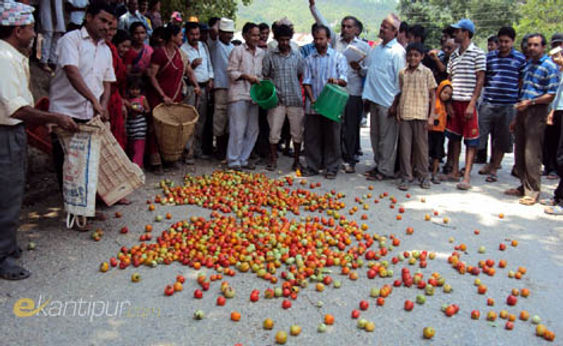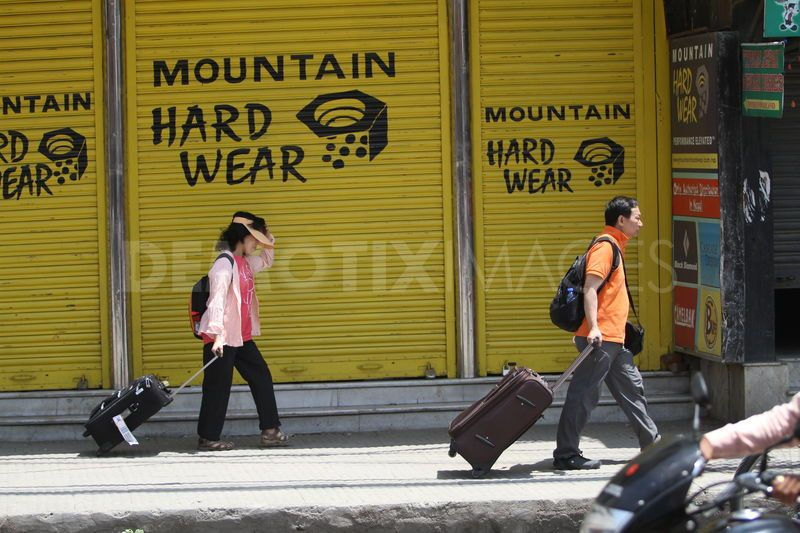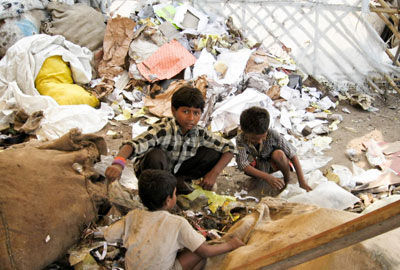After A Revolution
Post Civil War Nepal
Where did all the tourists go?
Once Nepal used to be among the top ten destinations for tourists for hiking and trekking in the world. But over the past decade, as the political uncertainty began to grow, the number of tourists coming to Nepal began to decrease. Tourism industry is very important to Nepal as it is one of the few sources of foreign income for the country. Moreover, there are many supplementary industries like hotels, travel agencies, restaurants which employ thousands of people who depend on the tourism industry. The year 2011, was dubbed as the Nepal Tourism year to promote the industry. All the political parties promised to make year 2011, a strike free year. During the year more than 70 strikes were called by various political parties and the year failed to attract the targeted number of tourists.
The slideshow on the right shows how tourists suffer due to constant strikes in Nepal.


Tourists forced to use a rickshaw from the Tribhuvan International Airport due to strikes



Tourists forced to use a rickshaw from the Tribhuvan International Airport due to strikes
Imaginably, all the political and social instabilities of Nepal have crippled the economic sector. All the strikes, protests and insecurity have led to even promising industries either shutting down or relocating to other countries. The foreign investments Nepal used to attract during this it’s haydays are now being directed towards countries which are much less risky and more stable. In a single strike, thousands of people lose their livelihood, businesses lose millions of rupees and there are grave rippling economic effects into rest of the society.
Of the many economic consequences of the current political state of Nepal, we will mainly be focusing in effects in the tourism industry, farmers and increase in poverty.
Majority of people who live in the rural areas of Nepal are engaged in farming. Farmers are at the end of the economic pyramid table as most farmers in Nepal practice subsistence farming. But the constant strikes have made the condition worse for them. Due to strikes, the farmers are not able to supply their produce to the cities. As they lack proper investment, they unable to afford the proper chilling and storage system to keep their produce fresh. As a result they incur huge financial losses.
This is a picture of farmers throwing way the vegetables they produced to protest the constant strikes.
Where did all the tourists go?
Where did all the tourists go?
Plight of farmers
Increasing Poverty and Food Insecurity
The current political turmoil and constant strikes are also correlated to the increasing poverty and food insecurity in Nepal. According to the World Bank, Nepal is Asia’s third poorest country with 33.9 per cent of the population living under the extreme poverty line of US$ 1.25 per day. Due to the current political climate, many businesses are shutting down and unemployment rate is rising. At the same time, food prices are also rising whereas the income remains the same. Hence, people are becoming poorer in Nepal. There is also growing food insecurity in the country as the constant strikes means it is hard to transport food to some of the remotest part of the country.



